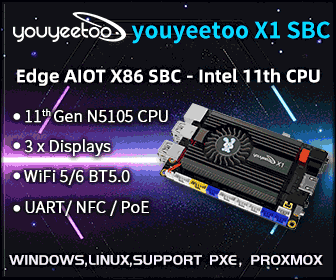Android 4.1.1 Jelly Bean Source Code Released
Jean-Baptiste Queru, Android Open Source Project lead, announced that Android 4.1.1, Jelly Bean has been released to AOSP and uses the android-4.1.1_r1 tag. Proprietary binaries are available for Nexus 7 and Galaxy Nexus right now, and Nexus S (GSM and CDMA) and Xoom will be available later. If AOSP repo has not changed since the first Android 4.0 release, you should be able to get the source as follows:
|
1 2 |
repo init -u https://android.googlesource.com/platform/manifest -b android-4.1.1_r1 repo sync |
There is also a development branch (jb-dev) with the latest improvements and features. Once you get the code, you may want to build and run it. Instructions to build and run Android 4.0 (not yet updated to Android 4.1.1 with Galaxy Nexus 7) are available at http://source.android.com/source/building.html. Factory images for Android 4.1.1 for Nexus devices will eventually show up at https://developers.google.com/android/nexus/images





